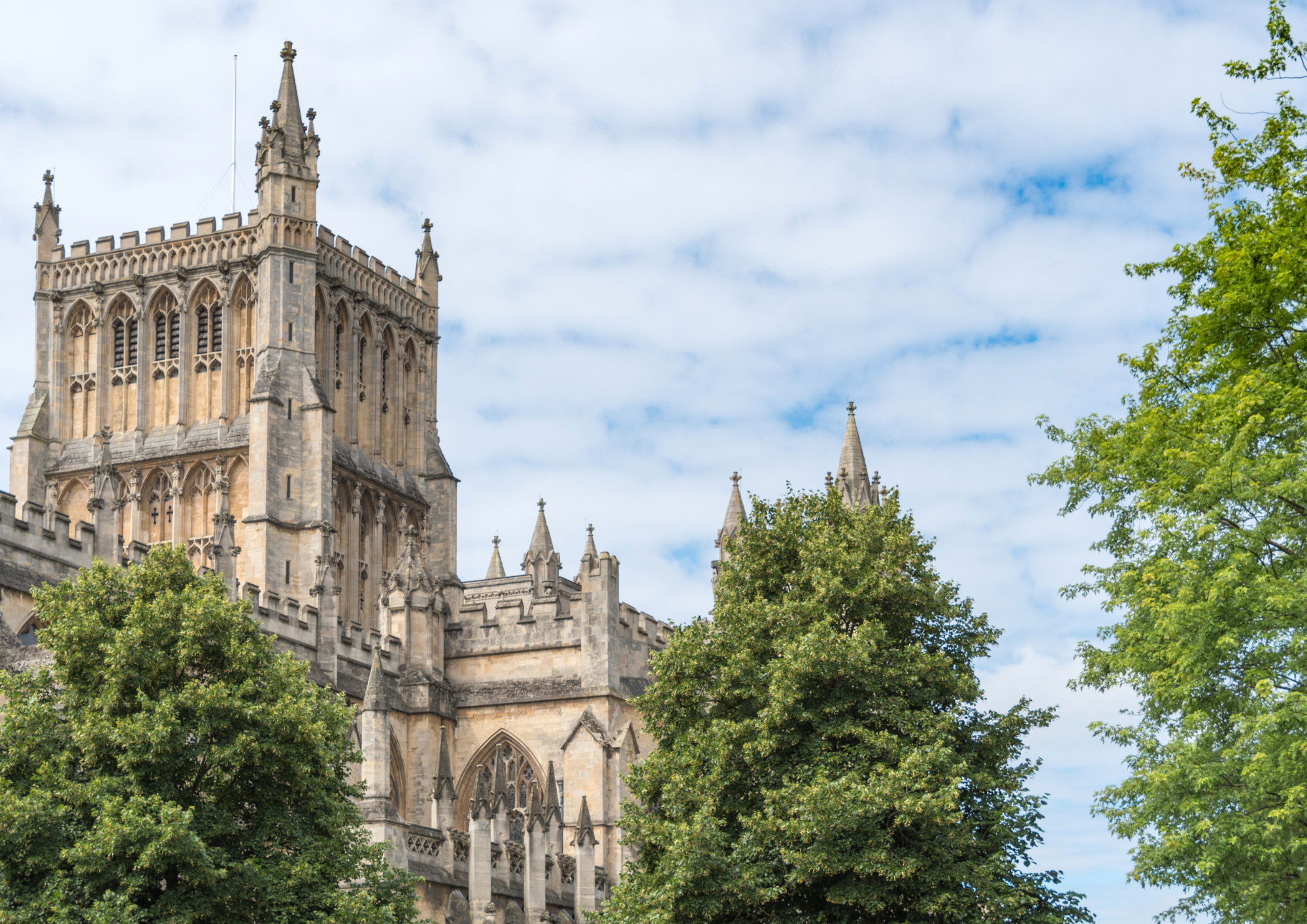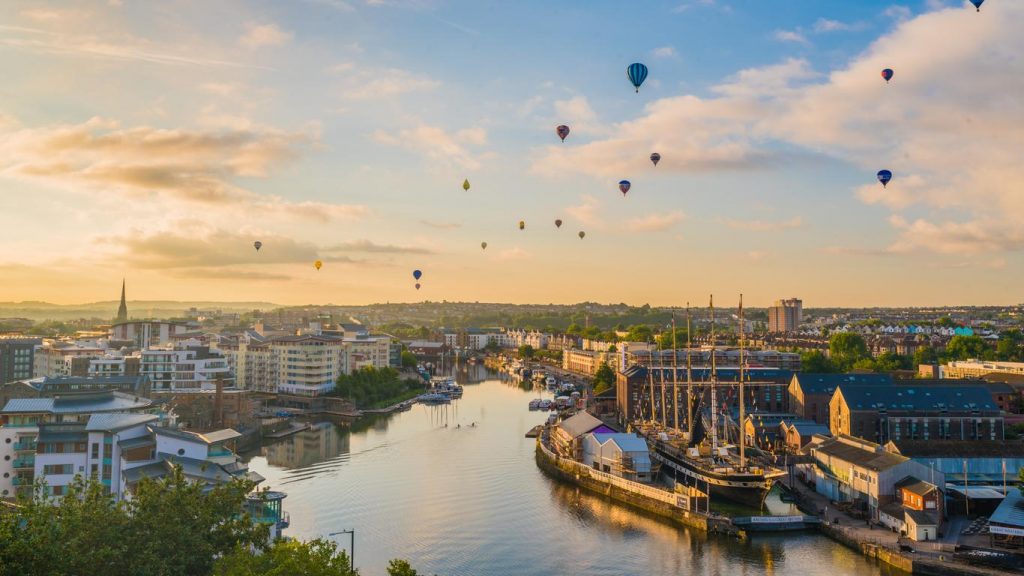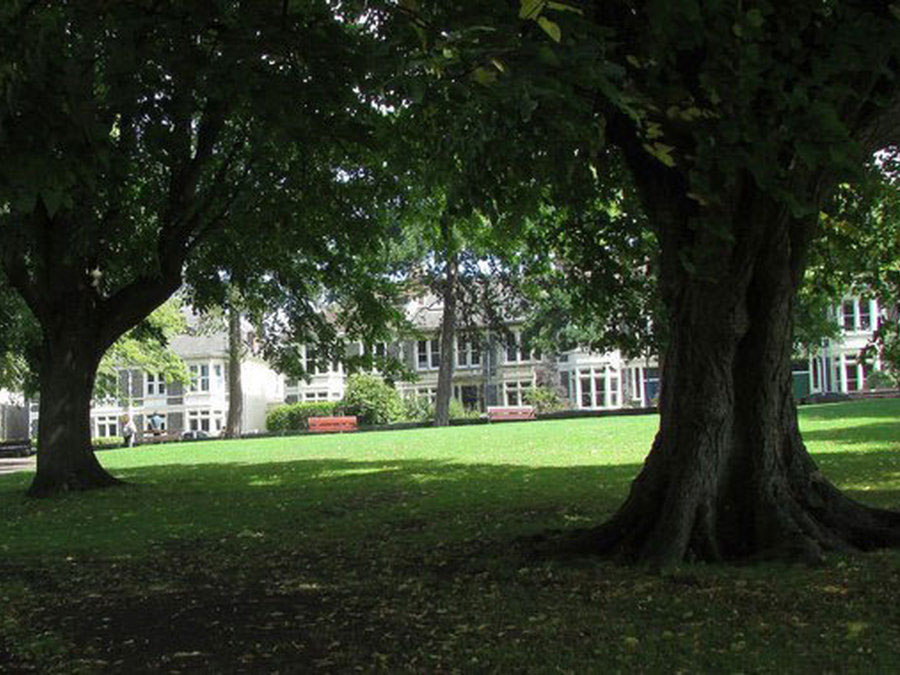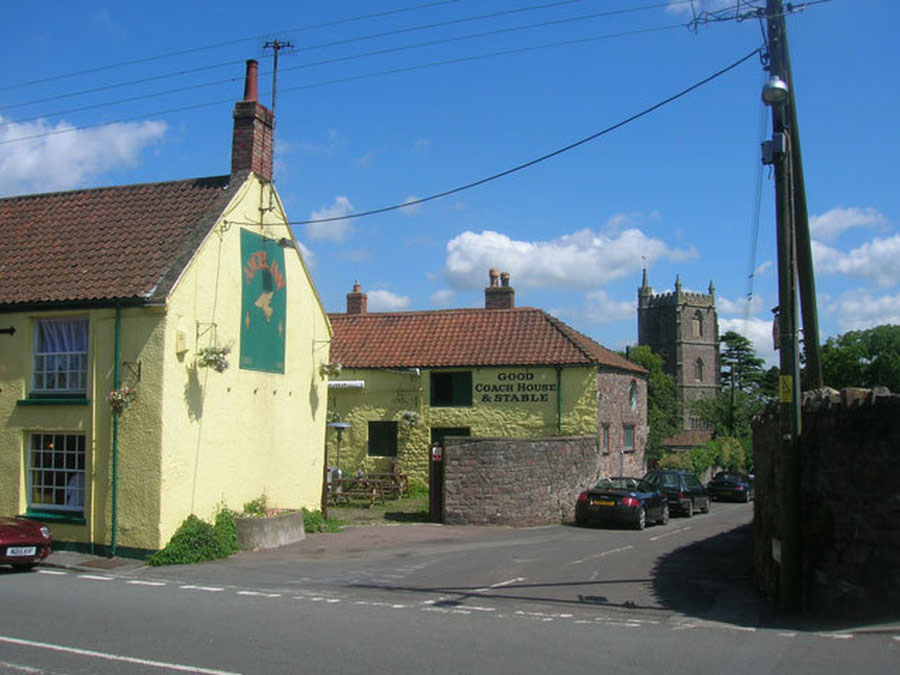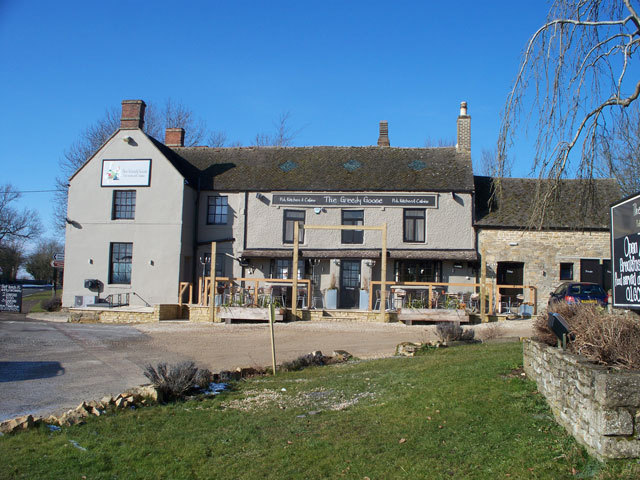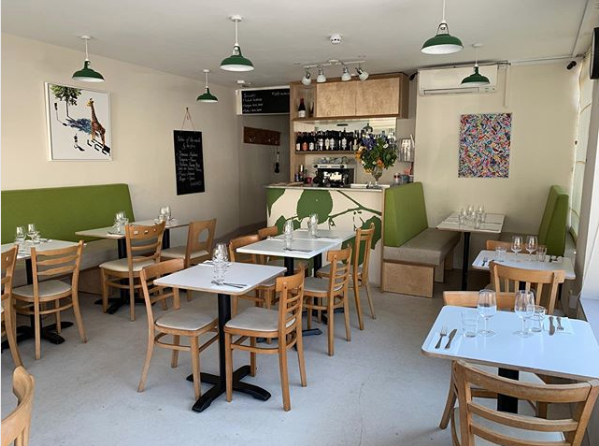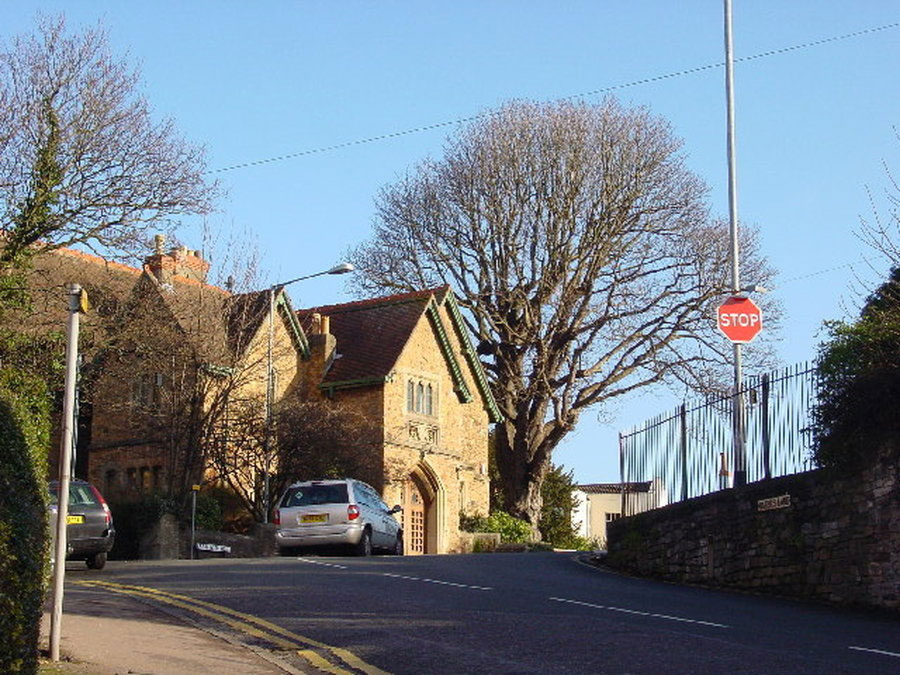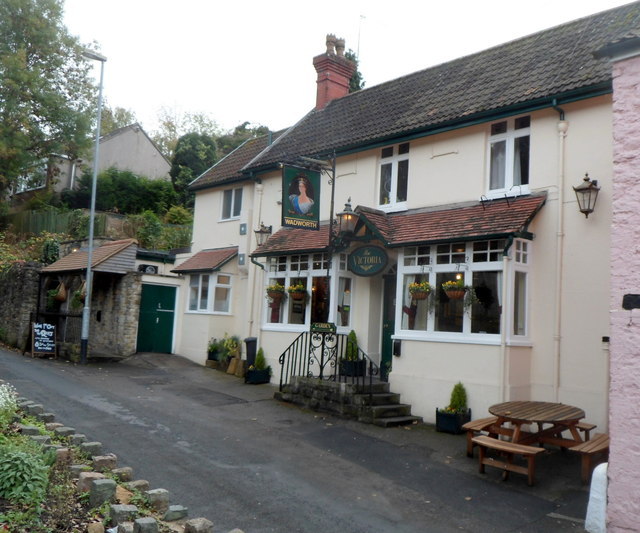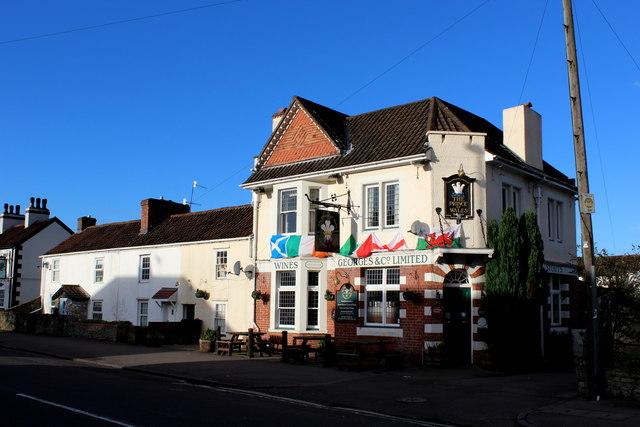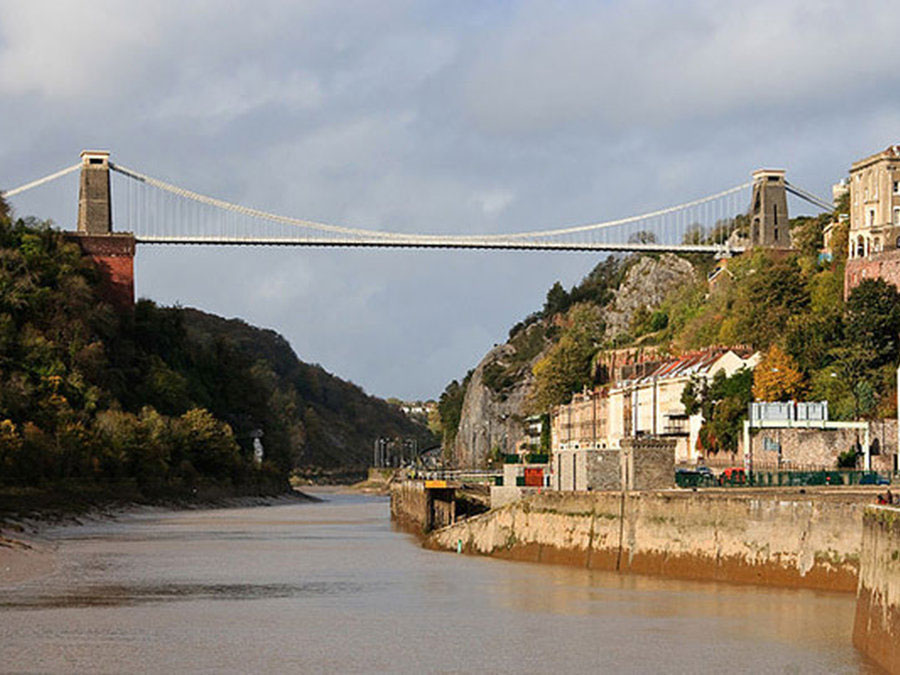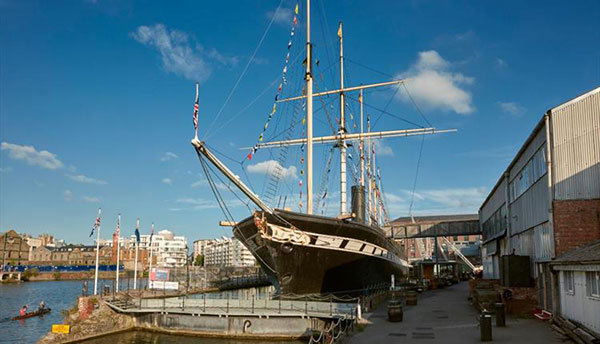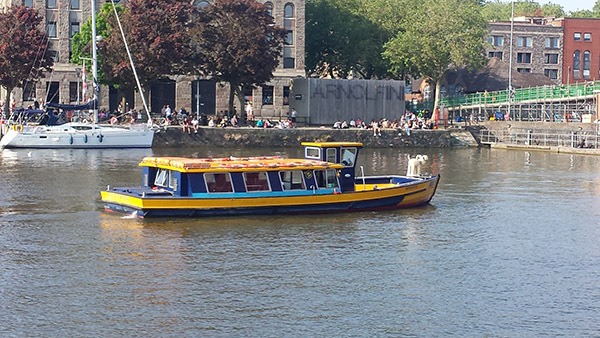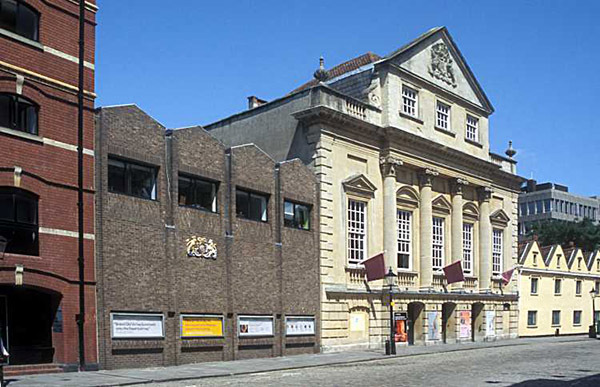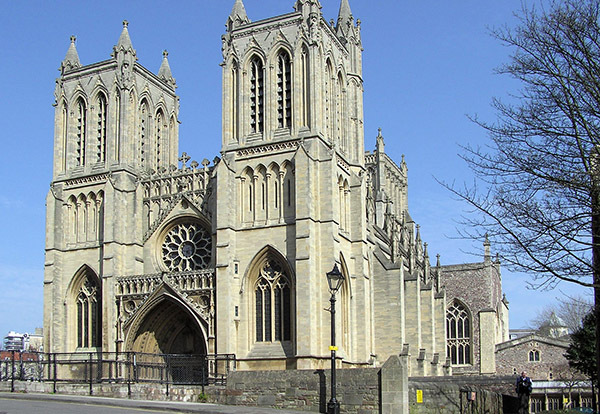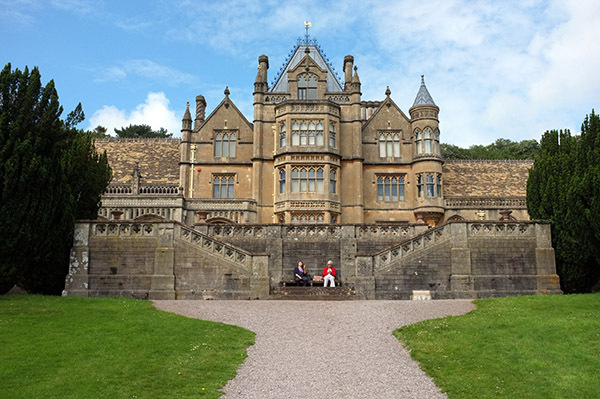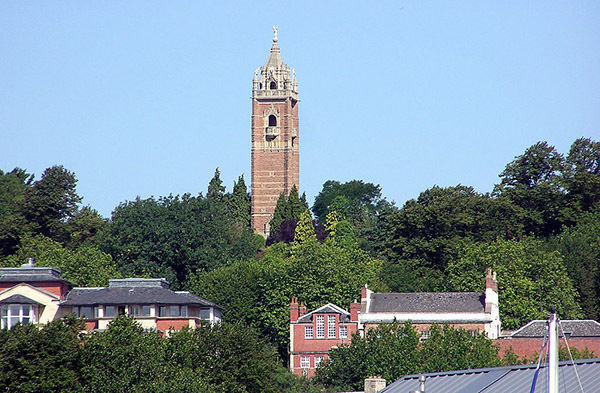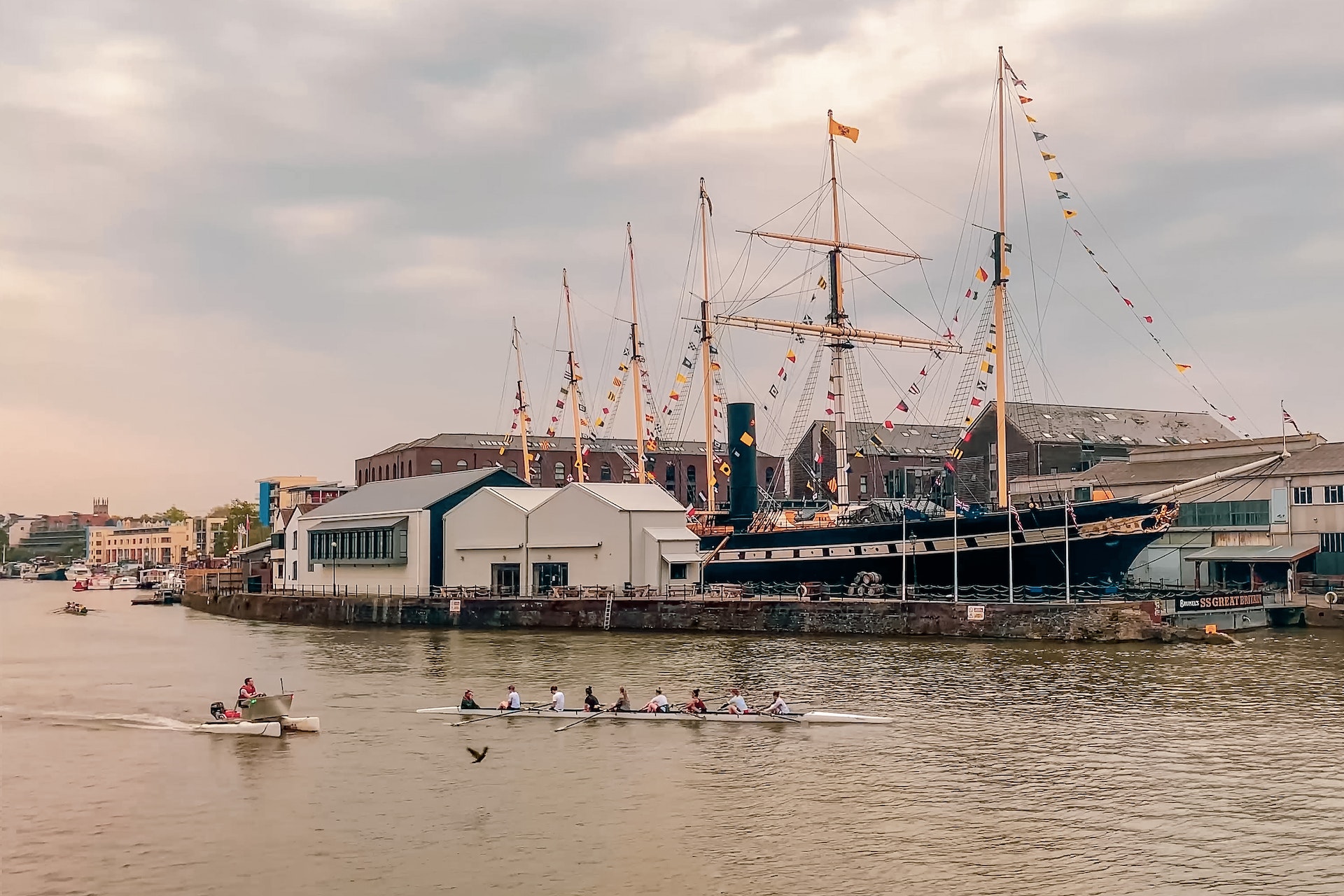
Bristol is a city overflowing with culture, personality, and colour, with vibrant street art adorning every corner, stunning architectural sites brimming with history, and a maze of winding roads to get lost down.
Beyond Cabot Tower, Clifton Suspension Bridge, and the Bristol Cathedral, the south-west city has so many hidden gems to explore alongside its main attractions. That is, if you know where to look – keep reading for a run-down of Bristol’s best kept secrets.
Clifton Arcade
Nestled in the heart of the upmarket Clifton Village, Clifton Arcade is a charming Victorian display of independent shops selling all manner of quirky offerings, from antiques, to jewellery, to vintage clothes. Surrounded by cute cafes and eateries, the arcade is the perfect place for a lazy afternoon of shopping – you can catch them any day of the week between 10am to 5:30pm, and 11am to 4pm on Sundays.
Bravas
If you want to be transported to a sunkissed Spanish tapas bar for the evening, you have to take a trip to Bravas on Cotham Hill. With a chilled-out local feel, outside tables strung with fairy lights, and ice-cold Spanish beer on tap, the restaurant serves up the most delicious Spanish-inspired plates, featuring an ever-changing menu to accommodate seasonal trends.
Her Majesty’s Secret Service
This quirky cocktail bar is well and truly tucked away – if you didn’t know it was there, you might walk straight past it. Nestled in the depths of Whiteladies Road, just next to Clifton Down Station, HMSS serves up entirely unique, mouth-watering twists on all your favourite drinks in a cosy, intimate atmosphere that will have you at the bar all night.
University of Bristol Botanic Gardens
The original University of Bristol Botanic Gardens was established in 1882, and has since relocated three times. Today, the gardens are open for the public to enjoy, with a total of eight stunning plant collections and a ton of events and workshops to get involved with if you fancy a day immersed in nature.
Bristol Lido
This wonderful open-air swimming pool is hidden in the depths of Clifton, flanked by traditional wooden-door changing rooms and a sun deck, making for the perfect place to enjoy an afternoon by the pool in the summer sun. There’s even a bar and restaurant alongside the lido if you fancy a bite to eat after your swim.
The Milk Thistle
If you want a real speakeasy experience, head to the plain red brick building on Colston Avenue, and knock on the signless black door. Inside, you’ll find the sister of Hyde & Co, Bristol’s original prohibition spot, where you’ll be welcomed in to explore four stylish floors cradling the patrons of Bristol’s coolest bar alongside some of the city’s most delicious cocktails.
Chance & Counters
The gaming cafe Chance & Counters sits at the foot of Christmas Steps, and is home to over 500 board games to play alongside a delicious menu of comfort food and a decadent selection of beverages. Drinking games just got an upgrade – make sure you clear your schedule if you’re planning a trip as it’s far too easy to while away hours at one of their cosy tables, demanding rematches with all your friends.
Leigh Woods
Just beyond the famous Clifton Suspension Bridge sits Leigh Woods, a lush green wilderness with fantastic views over the Avon Gorge. There are countless trails tucked away in the woods you can enjoy strolling between on a sunny afternoon, as well as the Iron Age Hill fort to explore.
Only Green
A CBD-cafe that sits on Bristol’s vibrant stretch of Stokes Croft, Only Green offers organic, plant-based treats and drinks that come fully dosed up with CBD, with a focus on health and wellness included in everything they serve up. If you’re lucky, you’ll catch the resident cat taking a snooze on the windowsill while you enjoy your CBD coffee.
Redcliffe Caves
These historic man-made caves run all the way beneath the area of Redcliffe, just next to the harbourside. During the Middle Ages, the Triassic red sandstone was dug into to harness sand for pottery production and glass making. Unfortunately, the caves are often closed to the public nowadays, but you might be lucky enough to catch them a few times a year when they’re used for hosting events.
20th Century Flicks
Bristol is well-known for housing some wonderful cinema spots, but this tiny movie store is less on the resident radar. Home to over 20,000 movies on DVD, the store also has two cosy cinemas on site, with just 11 and 18 seats respectively. The screens are available for private hire if you’re looking for an extra-special cinematic experience for you and your friends.
If you’re looking for a home in Bristol where you can discover your own hidden gems, we have a selection of short lets, long lets, and houses for sale that are just waiting to be filled. Feel free to get in touch today to hear more about how we can help you find your dream home in the heart of the city.




